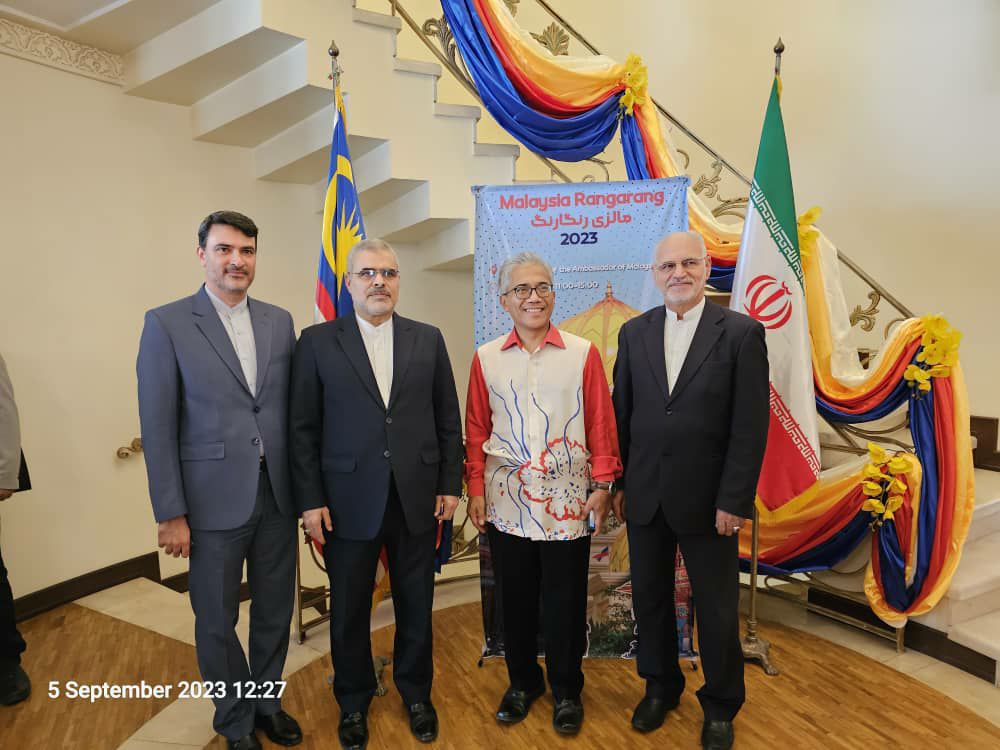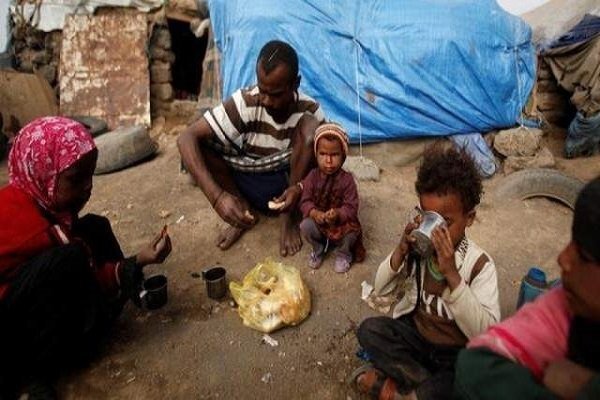Iran’s Carpet Market in China at Risk From Counterfeit Goods
TEHRAN (Iran News) Dehnavi explained that a significant portion of Iran’s trade with China currently consists of crude and semi-processed mineral and petroleum products. These goods naturally attract buyers without much marketing effort. However, he stressed that the organization’s core mission is to develop exports of products that sit further down the value chain.
He argued that a well-formulated strategy—featuring joint investments, integration into global value chains (especially those centered in China), and technological cooperation—could enable Iran to export more high value-added products to China. Even if such ventures do not directly increase exports to China, they could serve as a launchpad for entering other markets, he noted.
“We’re prepared to introduce joint investment projects and are ready to engage with Chinese investors to form practical collaborations,” Dehnavi said, adding that discussions have already taken place at the political level to facilitate this.
The TPO chief also emphasized the importance of expanding e-commerce with China, pointing to recent developments on JD.com, one of China’s largest online retail platforms. He announced that Iranian products can now be listed on JD, creating an avenue for direct-to-consumer sales in China—an opportunity he believes should be utilized more aggressively.
Dehnavi also addressed logistics issues, explaining that Iran’s trade route with China currently relies almost entirely on sea freight. However, a northern railway corridor through Turkmenistan, Uzbekistan, and Kazakhstan can also be used to reach China. He encouraged traders—especially those targeting western Chinese markets or operating out of Iran’s northeast—to use this route. The TPO is ready to offer incentives and logistical support to encourage the use of rail transport, he said, noting that a two-way flow of goods is necessary for the route to become fully operational.
Also speaking at the session, Majid-Reza Hariri, head of the Iran-China Chamber of Commerce, highlighted ongoing structural issues in Iran’s trade with China. He noted that over 90% of Iran’s exports to China are crude or semi-processed goods, mainly handled by state-owned enterprises. Manufactured goods make up less than 10% of the trade volume, he said.
Hariri emphasized the urgent need for both policy reform and greater private sector engagement to diversify and expand non-oil exports to China. He reiterated that numerous opportunities exist, especially via online sales platforms like JD, but lamented the prevailing skepticism among Iranian exporters about their ability to sell to Chinese consumers.
Discussing Iran’s traditional carpet industry, Hariri said Iran began exporting carpets to China in 2009, and the product has since developed a strong market presence. However, he warned that the market is now under serious threat due to widespread counterfeiting, which has eroded consumer trust and jeopardized the reputation of authentic Iranian carpets.
To protect this market, Hariri called for immediate and robust measures, including legal protections and trade monitoring, to curb the spread of counterfeit Iranian rugs in China.
He also pointed to a broader issue impacting trade: the shortage of foreign currency. According to Central Bank statistics, state-run exporters repatriated only 60% of their foreign earnings in the previous year, exacerbating Iran’s foreign currency challenges and affecting the broader import economy.
The session concluded with a shared understanding that enhancing Iran’s export capabilities to China—both in volume and quality—requires a coordinated strategy, stronger private sector involvement, and systematic efforts to combat challenges like counterfeit goods and currency repatriation.
- source : IRAN NEWS ECONOMIC DESK






























